-
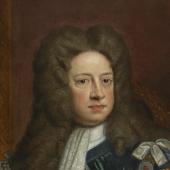
Portrait of King George I
-
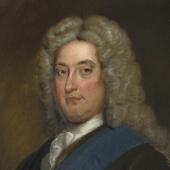
Portrait of Charles Townshend
-
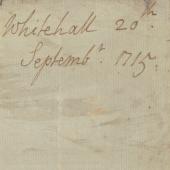
A mark of his royall favour
-
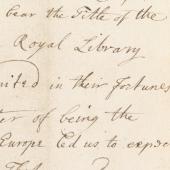
For ever styled The Royal Library
-
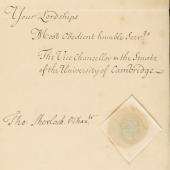
An expression of thanks
-
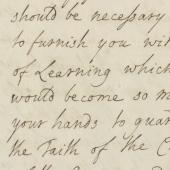
Weapons of learning
-
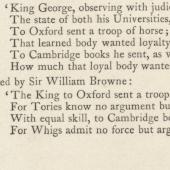
That loyal body wanted learning
-
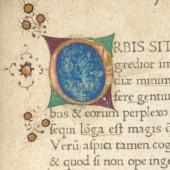
Early borrowing from the Royal Library
-
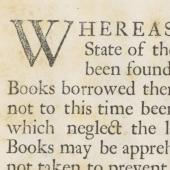
A great number of books borrowed (1)
-
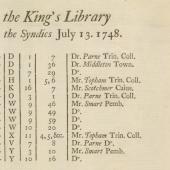
A great number of books borrowed (2)
-
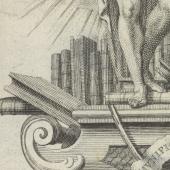
Pine's bookplate (large)
-
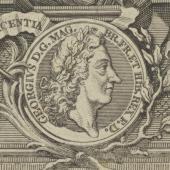
Pine's bookplate re-engraved (impression)
-
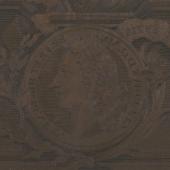
Pine's bookplate re-engraved (plate)
-
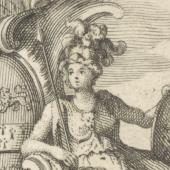
Pine's bookplate (small)
-
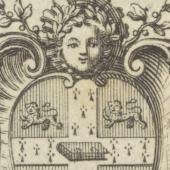
Pine's bookplate (miniature)
To Cambridge books he sent
His royal favour
John Moore died on 31 July 1714, a day before Queen Anne, and within weeks rumours were spreading about the fate of his remarkable library. The initial price asked by Moore’s sole executor, his chaplain Samuel Clarke, was £8000, too high for even great collectors such as Robert Harley, Earl of Oxford. Bodley’s Librarian John Hudson would have liked the books ‘if we can have them upon reasonable terms … Unless the King buys the Study, I know not who will bid against us’. Ultimately, however, Charles, Viscount Townshend and Secretary of State in George I’s new government, suggested to the King that he should buy the books and give them to Cambridge as a reward for its loyalty to him. By doing so, George transformed the Library and attached his own name, not John Moore’s, to this remarkable collection in perpetuity.